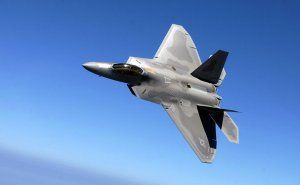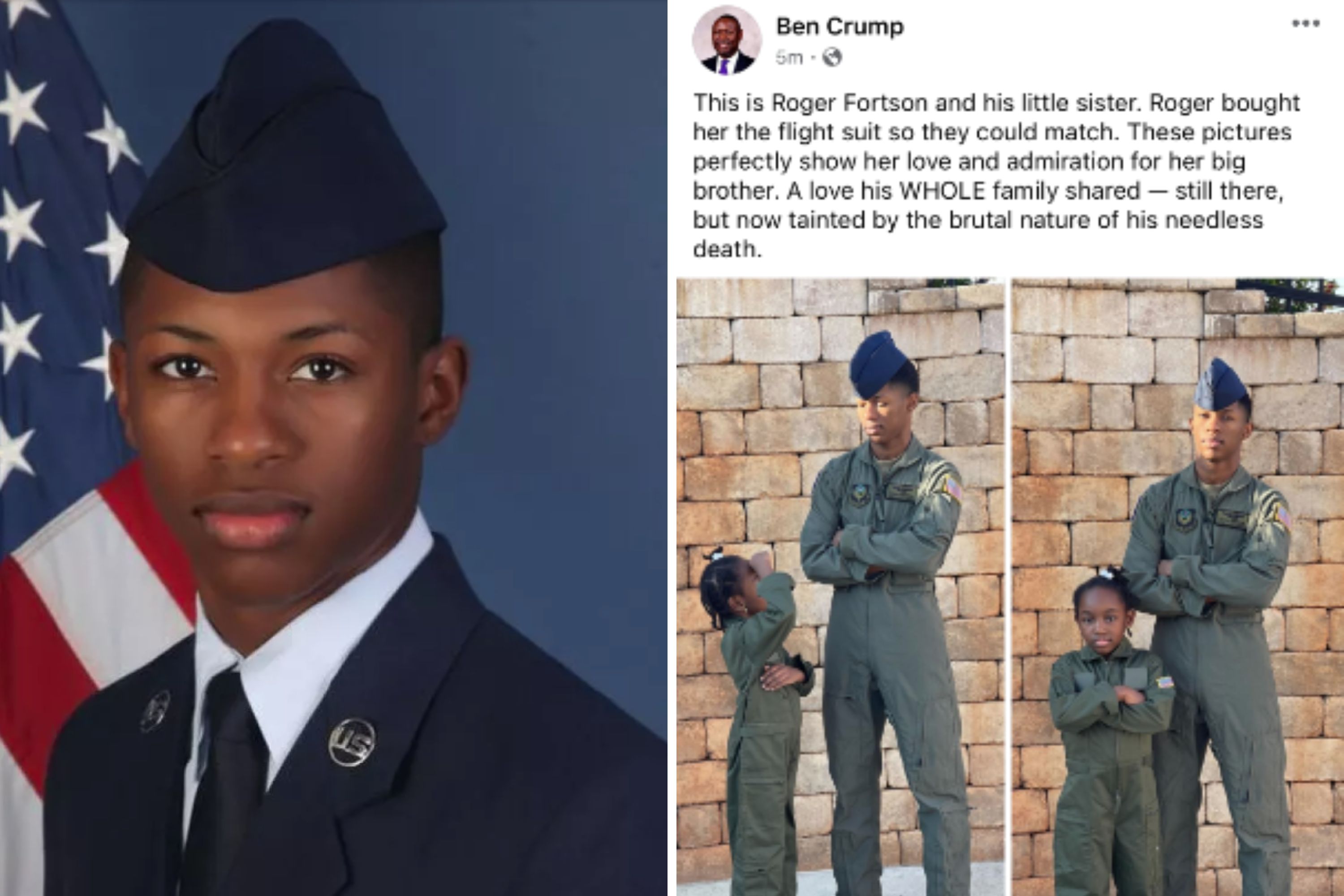
As Lockheed Martin's Marietta, Ga., plant prepares to begin building the 187th—and last—F-22 super-fighter, the military is already dreaming of its successor. In a query to the aerospace industry earlier this month, the Air Force laid out its wish list, and it wants everything: a plane that can win dogfights, demolish air-defense missile networks, support ground troops, and run surveillance missions; a partial prototype would be ready by 2020, with entry into service by 2030.
This may be wishful thinking, given the saga of the current wondercraft, the F-35 Joint Strike Fighter. With a development and production price tag of more than $380 billion, the F-35 is the costliest acquisition program in Pentagon history. Different versions are being developed for the Air Force, Navy, and Marines. But the plane is bedeviled by technical problems, ever-rising costs, and slipping schedules, with the Marines' incarnation presenting the toughest challenges. Last week the co-chairmen of President Obama's deficit-reduction commission proposed gutting the program. On Nov. 22, a Pentagon review board is scheduled to take a hard look at it.
Speculation inside the services is that Defense Secretary Robert Gates may agree with the co-chairs. Gates wants, he has said, "greater quantities of systems that represent the 75 percent solution, instead of smaller quantities of 99 percent-exquisite systems." A congressional air-power expert, who couldn't be named because of Hill rules, says, "Over the past couple of weeks, the Air Force has begun to look seriously at the latest F-16s," cheaper stopgaps if Gates slashes the F-35 buy. A senior Pentagon official, who declined to be identified talking about defense spending priorities, cautioned against expecting cuts: "Is the [Marine] version under some pressure in tight budget times? Yes. Does [it] have to be seriously reviewed? Yes. But there is no suggestion of backing away from the F-35." Asked about the Nov. 22 meeting, Pentagon spokesman Geoff Morrell says, "I'm not in a position to help because all this stuff is under review." (The Marines didn't respond to a request for comment. The Air Force referred questions to the Pentagon.)
Even if the F-35 survives, the Air Force's dreams of a next-generation super-fighter are likely to remain just that. Priorities for future budgets are a new family of bombers and a new tanker fleet. And when next-generation super-fighters do arrive, odds are they won't resemble either the F-22 or the F-35. They'll probably be drones—"large numbers of increasingly capable UAVs [unmanned aerial vehicles]…[with] the ability todisrupt and overwhelm," as Gates told an Air Force gathering last year.
Uncommon Knowledge
Newsweek is committed to challenging conventional wisdom and finding connections in the search for common ground.
Newsweek is committed to challenging conventional wisdom and finding connections in the search for common ground.
About the writer
To read how Newsweek uses AI as a newsroom tool, Click here.





